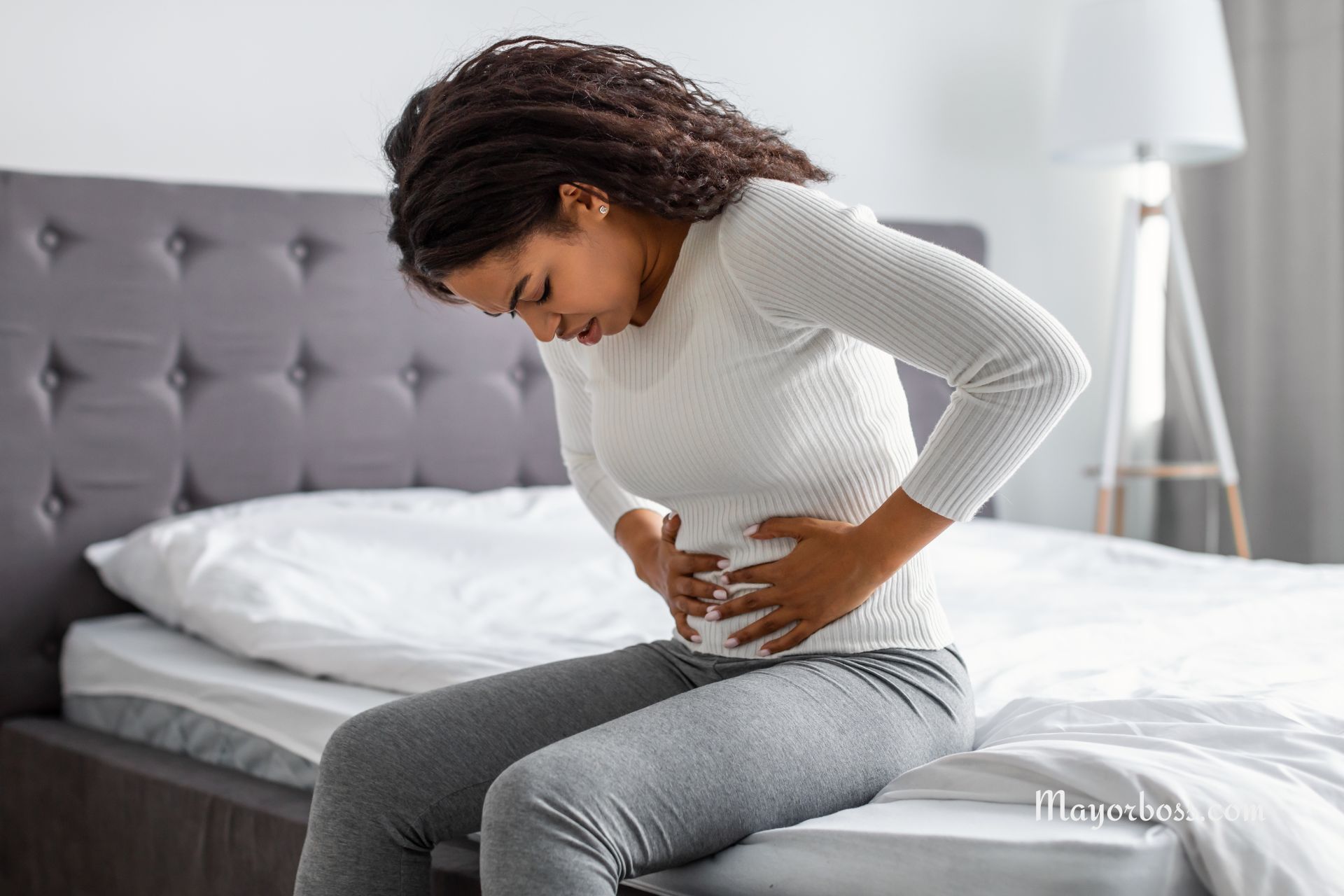If Your Gallbladder Is in Danger, the Body Will Give You These Signs!
Your gallbladder is a small, pear-shaped organ located in the upper right side of your abdomen, just under your liver. It stores bile, which helps your body digest fats. Although the gallbladder is small, it can cause severe health problems if it becomes diseased or obstructed. Gallbladder issues often occur when bile flow is disrupted, such as in the presence of gallstones or inflammation. When the gallbladder starts to malfunction, your body may send out warning signals.
Recognizing these early signs can help prevent complications, including infections and damage to nearby organs. In many cases, timely diagnosis leads to better treatment outcomes. This article explores several key indicators that your gallbladder might be in danger, along with suggestions on when to seek medical evaluation.

Upper Right Abdominal Pain
One of the most common warnings of gallbladder problems is pain in the upper right portion of your abdomen. This discomfort often happens after a meal, especially if you have eaten fatty foods. The pain can be dull or sharp, and in some cases, it spreads to your back or right shoulder. If the pain is chronic or comes in waves, it could mean gallstones or inflammation in the gallbladder. Severe attacks of pain can last for several hours and often occur in the evening or at night.
Nausea and Vomiting
Nausea and vomiting are also frequent signs of gallbladder problems. While these symptoms are not exclusive to gallbladder disease, they tend to accompany other gallbladder-related complaints, such as pain or indigestion. If you notice these symptoms intensifying after eating greasy or fatty meals, you should consider contacting a healthcare professional.
Bloating and Indigestion
Frequent bloating, gas, or indigestion can signal an irritated gallbladder. You may feel overly full, even if you have not eaten much. This sense of fullness might come with pressure or mild discomfort in the upper abdomen. Prolonged symptoms of indigestion or heartburn, especially after meals, could indicate a gallbladder issue that needs medical attention.
Changes in Stool and Urine
Gallbladder disease can lead to changes in stool and urine color. If bile flow is blocked, you may notice your stool becoming pale or grayish due to a lack of bile pigments that normally give stool its brown color. Urine may become darker for similar reasons. If these changes occur alongside pain or other digestive symptoms, it is best to consult a doctor.
Fever and Chills
An inflamed or infected gallbladder can cause fever and chills. When an infection develops, it can lead to serious complications, such as an abscess or even the spread of infection to nearby organs. If you have persistent fever, severe pain, and chills, you should seek immediate medical care. This combination of symptoms could be a signal of acute cholecystitis, which requires prompt treatment.
Jaundice
Jaundice is characterized by a yellowish color in the skin and eyes. It happens when bilirubin, a component of bile, builds up in the blood. Gallbladder problems, especially gallstones lodged in a bile duct, can stop bile from leaving the liver. When that happens, bilirubin can accumulate in the bloodstream, leading to jaundice. If you notice any yellowing of the skin or whites of your eyes, contact your healthcare provider without delay.
Risk Factors for Gallbladder Issues
Although gallbladder disease can happen to anyone, some factors increase the likelihood of developing problems:
- Gender: Women have a higher chance of forming gallstones compared to men.
- Age: The risk rises as you get older, especially for those over 40.
- Family History: A family history of gallbladder disease raises your odds.
- Obesity: Being overweight or obese can increase cholesterol in bile, contributing to gallstone formation.
- Rapid Weight Loss: Quick weight changes can upset the balance of bile salts and cholesterol.
If you fall into any of these categories, regular checkups might be useful for early detection.
Potential Complications
Gallbladder disease may potentially lead to various complications if left unaddressed. Gallstones can block bile ducts, leading to severe pain and infection. If bacteria grow in the trapped bile, it can escalate into acute cholecystitis or cholangitis—both are serious infections that may require urgent treatment. In rare cases, a perforation can form, allowing bile to leak into the abdominal cavity, which can trigger life-threatening infections.
When to Seek Medical Care
If you experience any of the above symptoms frequently or notice that they are worsening, see a healthcare provider. Timely diagnosis can mean the difference between a manageable condition and a serious health crisis. Tests such as ultrasound and blood work can determine if there is an infection or blockage. If gallstones or other abnormalities are detected, your doctor may suggest medications to dissolve small stones or recommend surgery to remove the gallbladder.
